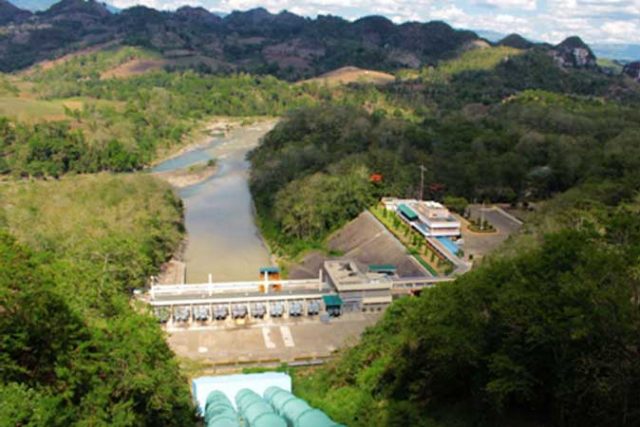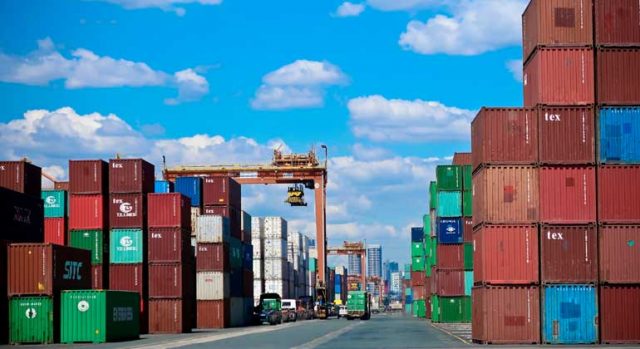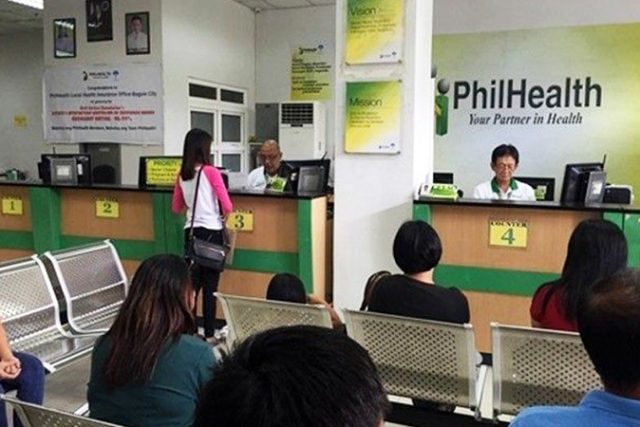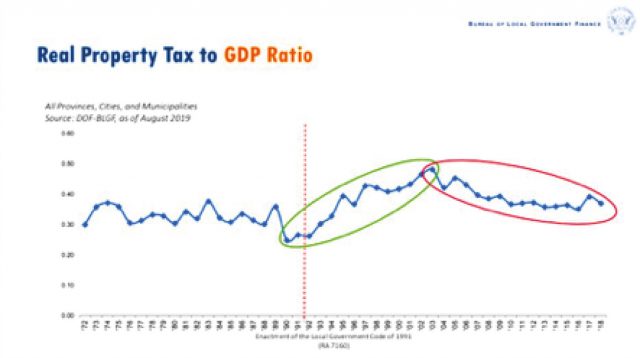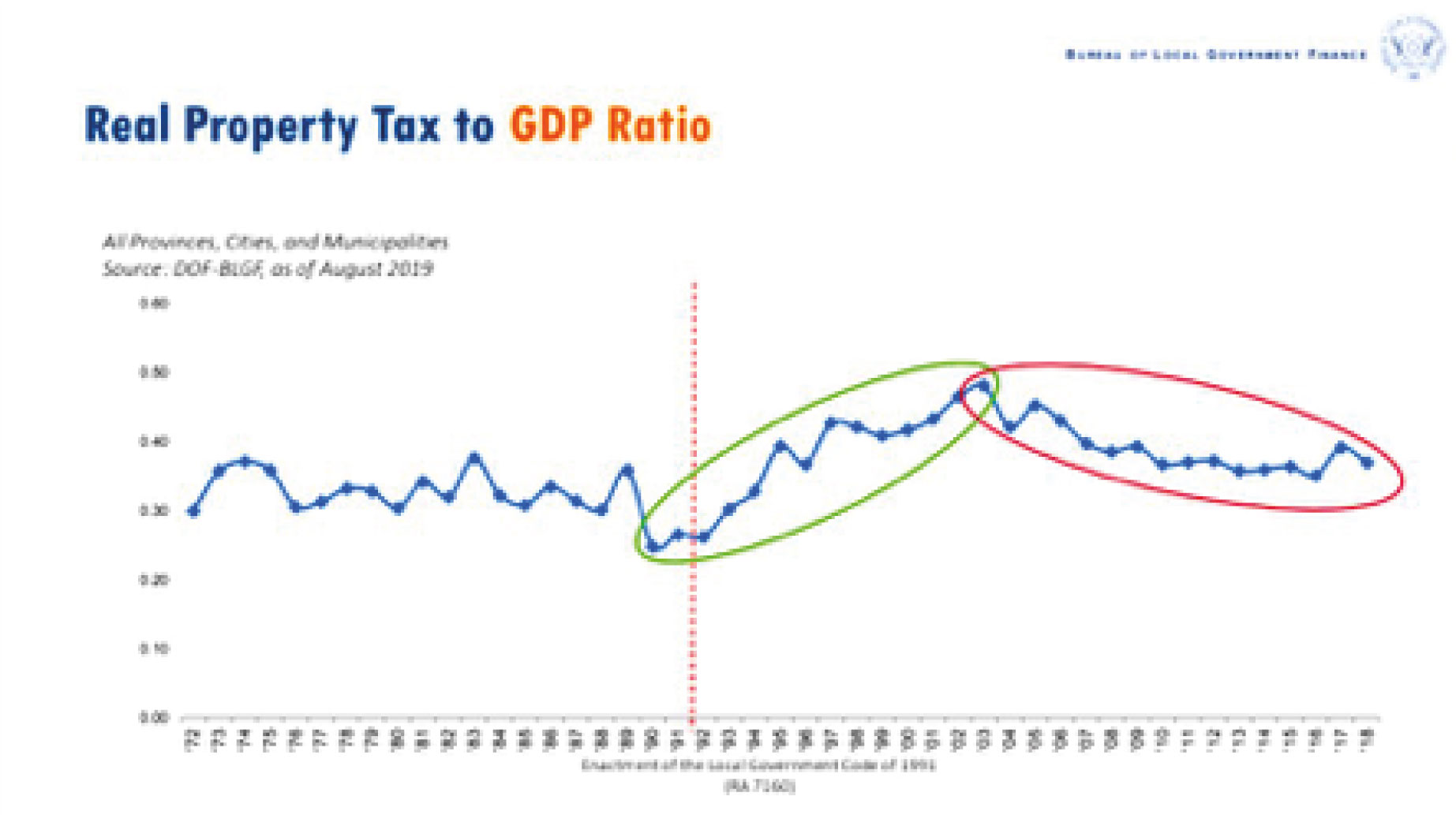MinDA opposes Agus-Pulangi hydropower privatization
THE MINDANAO Development Authority (MinDA) has taken a stand against the privatization of the Agus-Pulangi Hydropower Complex, a major green energy source that is due for rehabilitation that could cost up to P20 billion.
In a statement on Sunday, Secretary Emmanuel F. Piñol said MinDA is putting forward a “policy push to keep the ownership and control of the state-owned Agus-Pulangi Hydroelectric Complex.”
“MinDA’s position is against the privatization of Agus-Pulangi Hydroelectric Complex, which is deemed best left in the hands of the government but defining its role in an era of market competition,” said Mr. Piñol who chairs the agency.
The Wholesale Electricity Spot Market, which has been operating for over a decade in Luzon and the Visayas, is scheduled to open in Mindanao on June 26. “We need these assets to not just tame future supply volatilities but also continue fulfilling its obligation to serve especially the marginalized areas,” he said.
Mr. Piñol issued the statement following the recent Mindanao Power Forum and last week’s power supply problems in the northern mainland Luzon.
The Mindanao-Visayas interconnection project, which will integrate the Mindanao supply into the national grid, is expected to be completed within the year.
“While our power supply is considered to be stable, we continue to pursue measures and approaches to support (the) expected rise in the demand for power while keeping energy rates cost-effective as the economy recovers from the pandemic, and industries reset operations to pre-COVID levels,” he said.
The World Bank is funding a feasibility study on the rehabilitation of Agus-Pulangi complex, which is composed of seven hydroelectric plants with a combined capacity of 1,001 megawatts (MW). It is currently operating with an output of less than half its capacity.
Rey S. Polestico, the National Power Corp.’s (NPC) focal person on the Agus-Pulangi rehabilitation, said the preparatory study is “nearly completed.”
The rehabilitation cost, he said, is estimated between P12.5 to P20 billion.
It is eyed for financing through either official development assistance or a multilateral funding source initiated by World Bank.
Mr. Polestico also reported during the Mindanao Power Forum that the World Bank has already approved the grant to finance the feasibility study and is awaiting Special Presidential Authority for the fund.
The hydropower complex is owned by the government through the Power Sector Assets and Liabilities Management Corp. (PSALM) and operated by NPC.
It is mandated for privatization under Republic Act 9136 or the Electric Power Industry Reform Act (EPIRA), which was passed in 2001.
The clean energy facility used to be Mindanao’s main power source. The southern islands’ energy mix has now tilted towards fossil fuel, with coal and oil-based plants accounting for 67% of supply. — Marifi S. Jara

